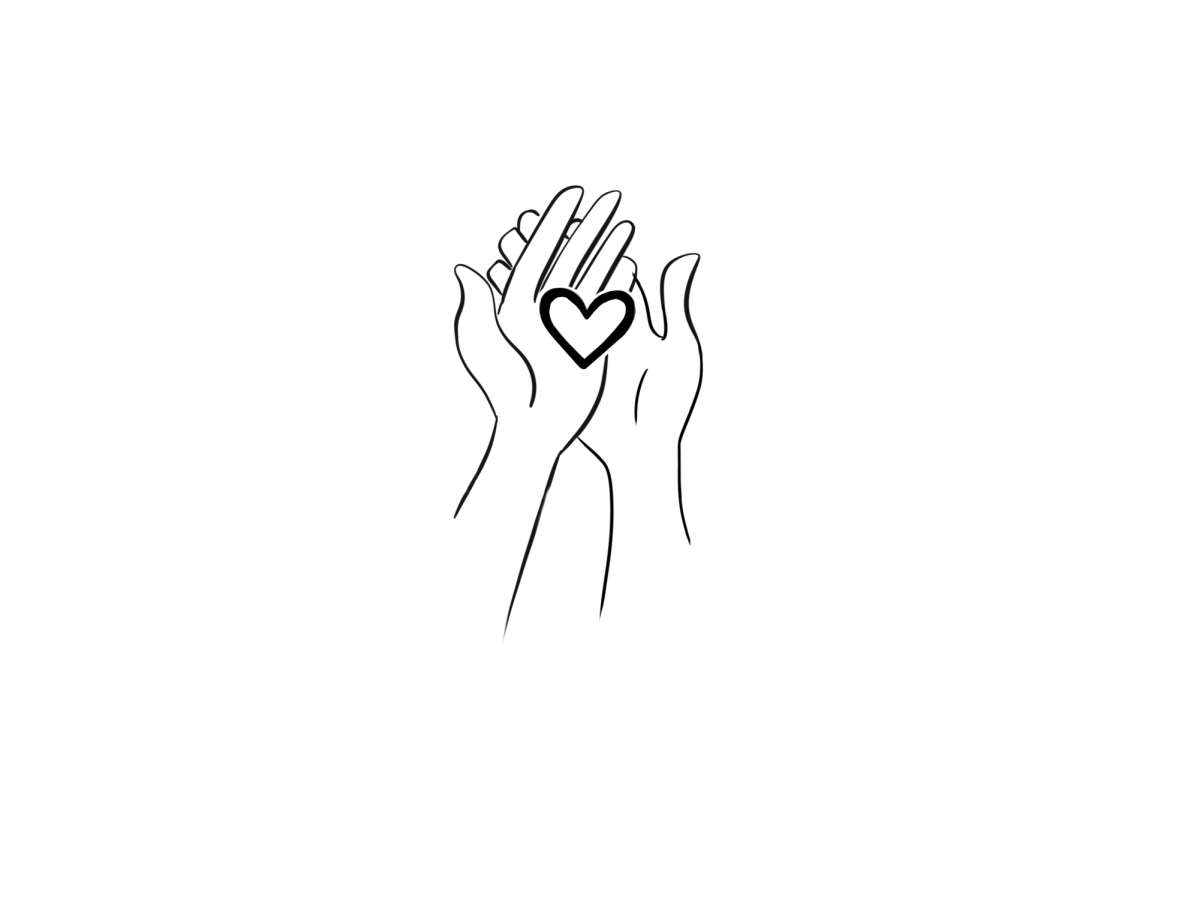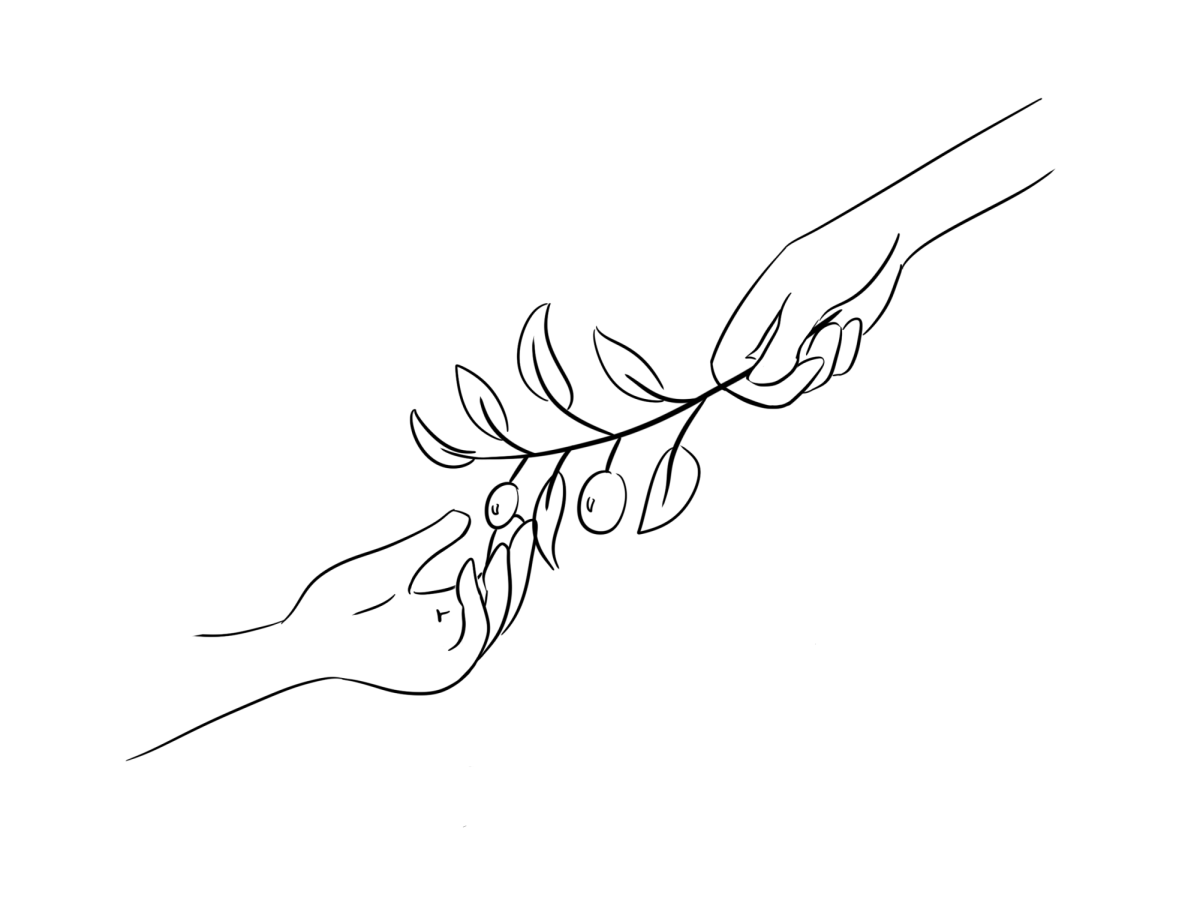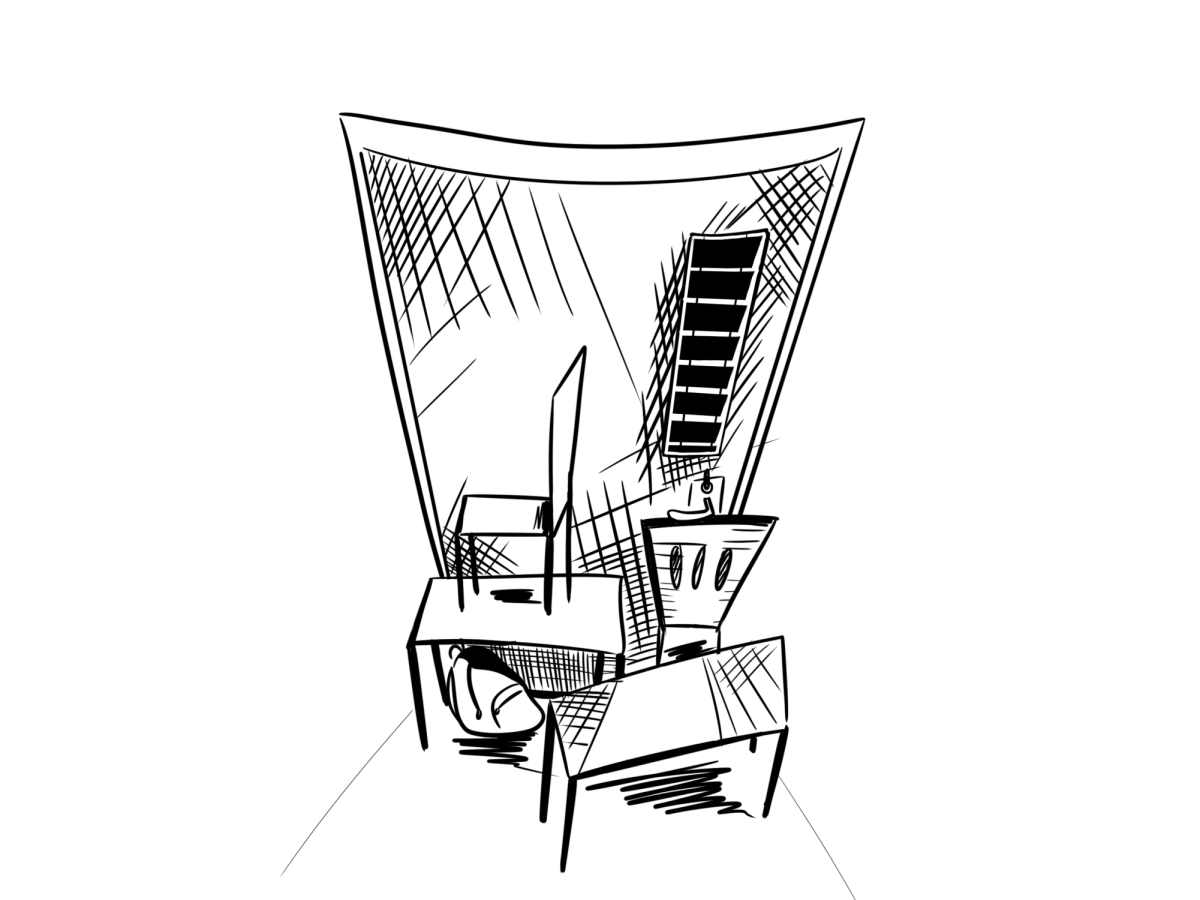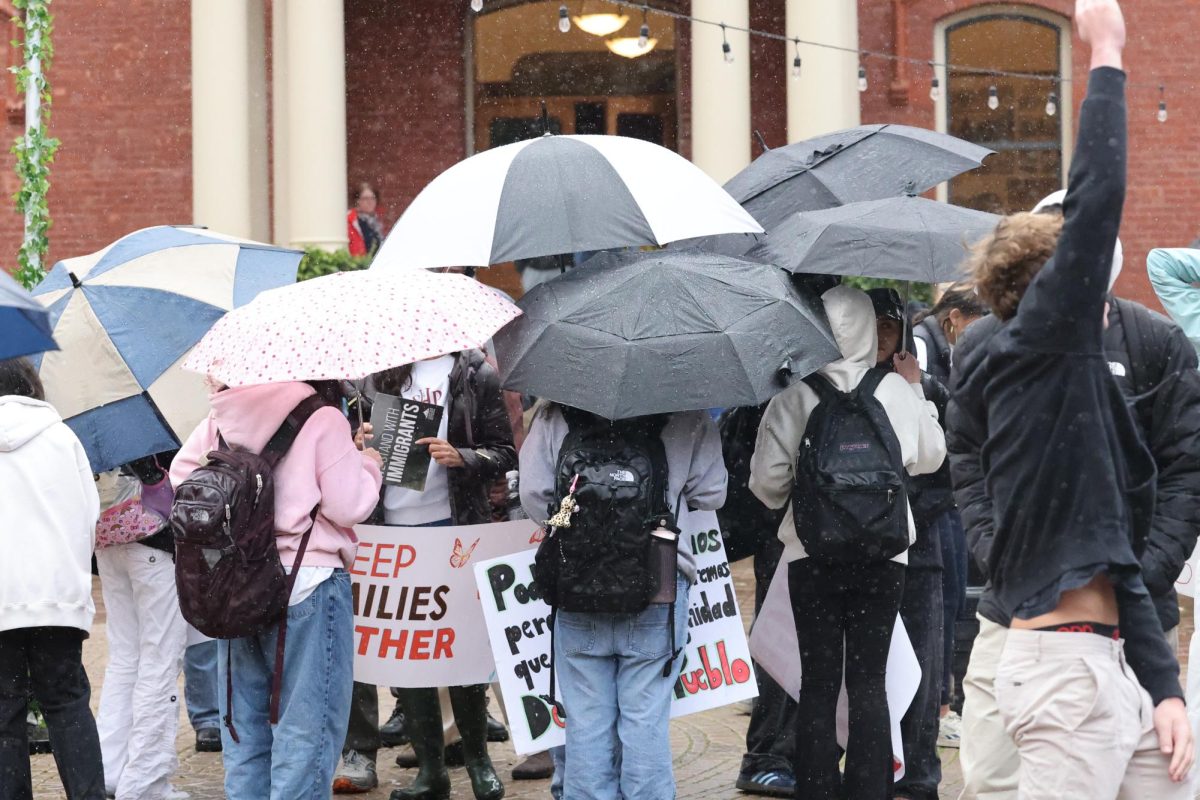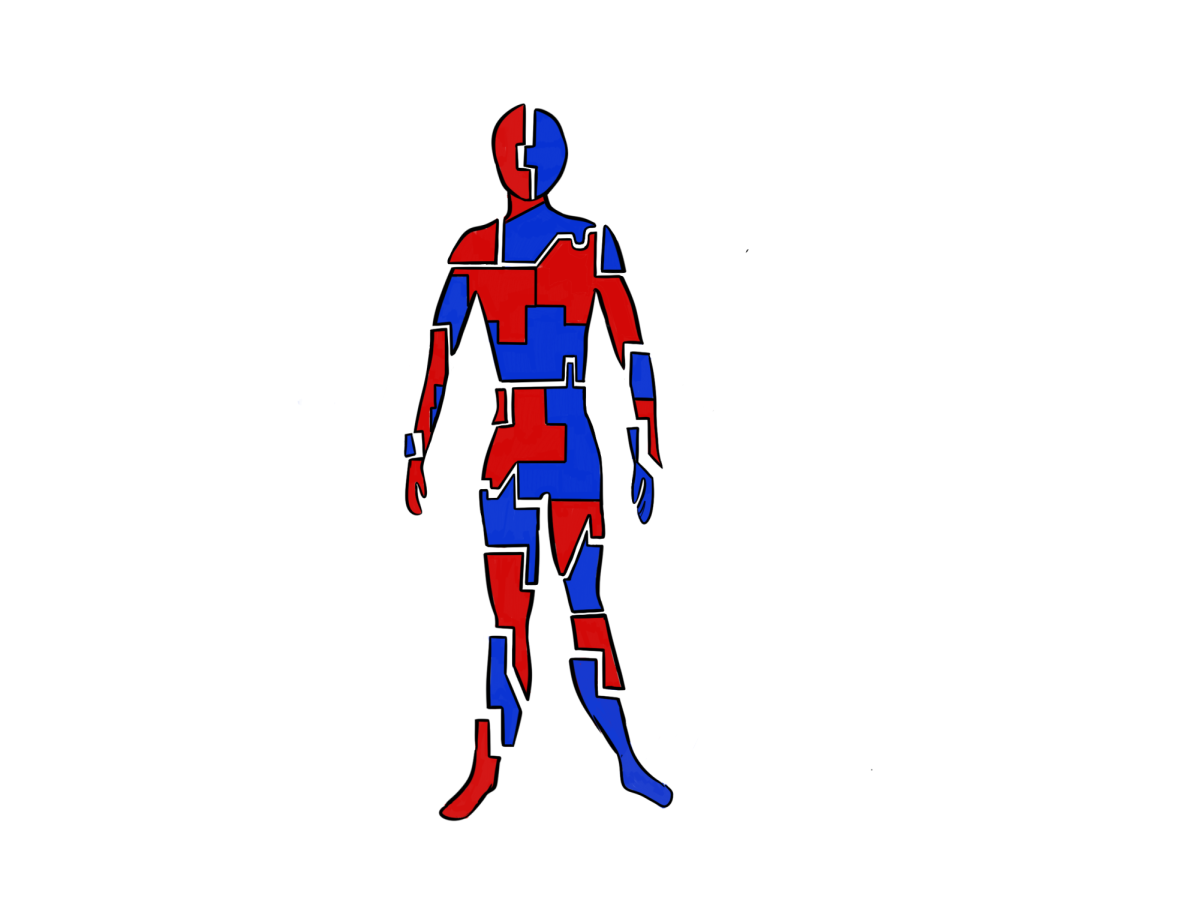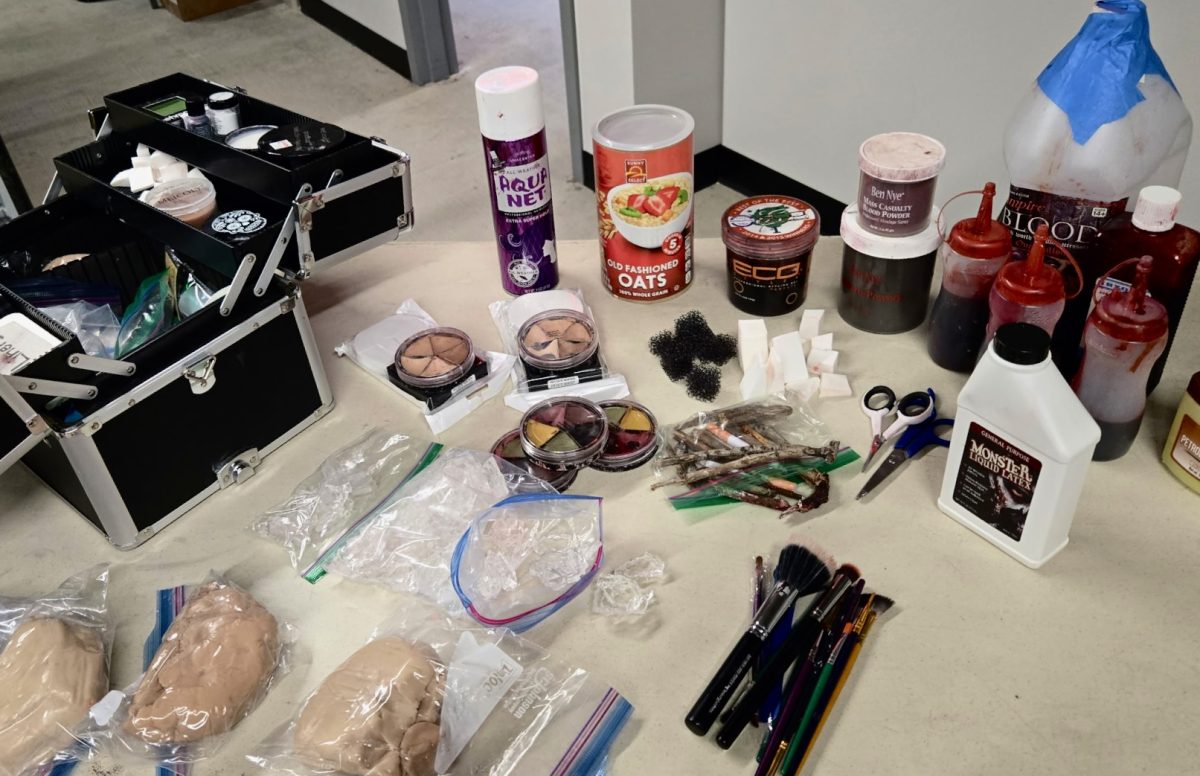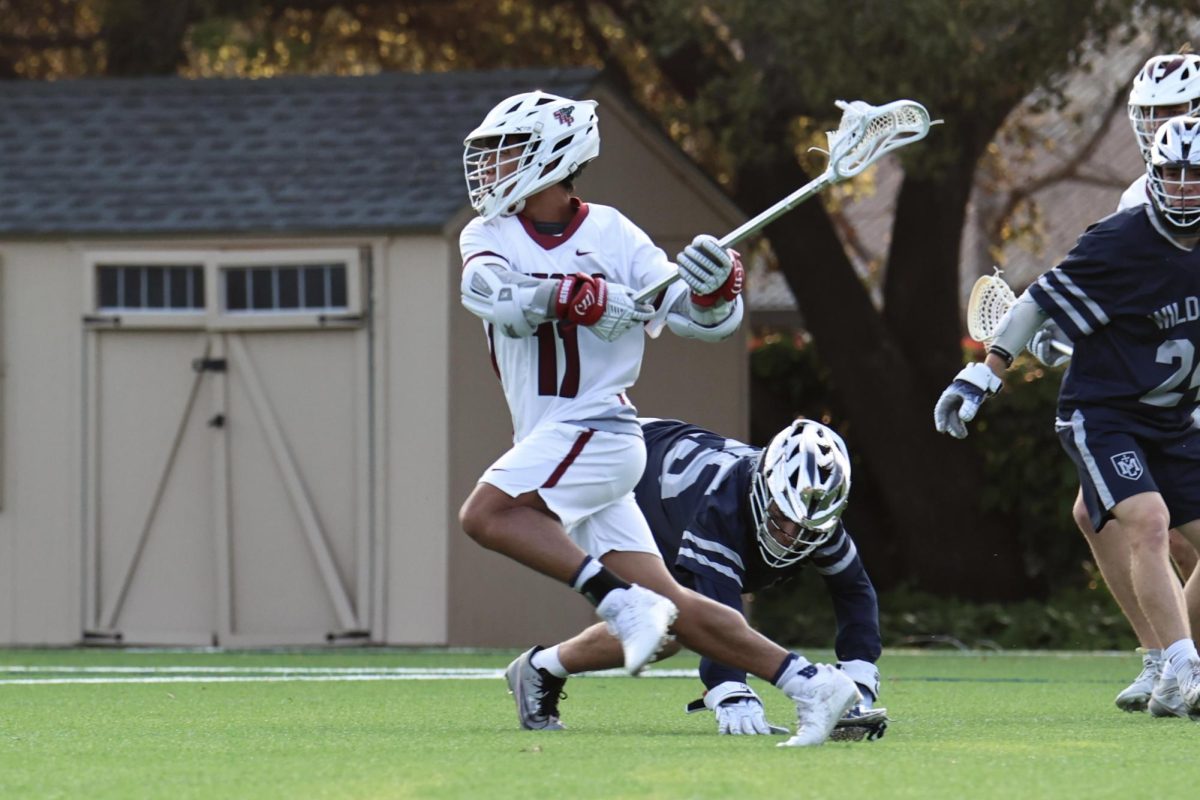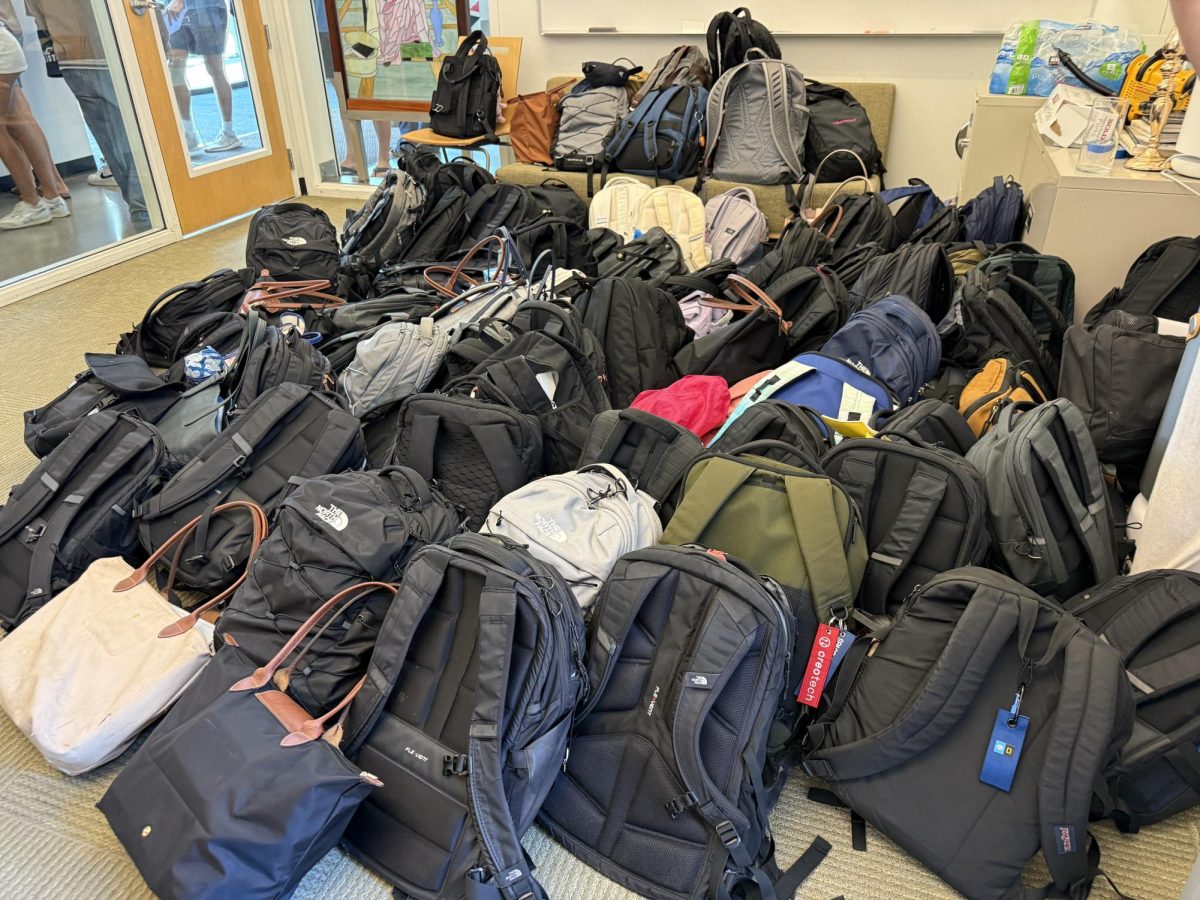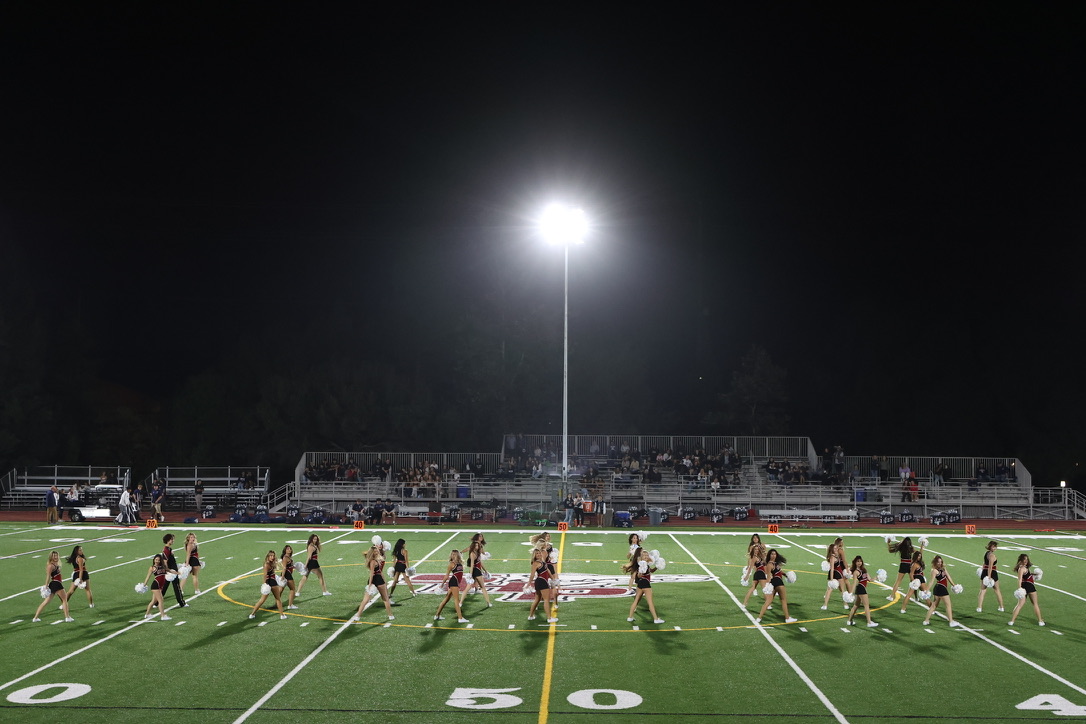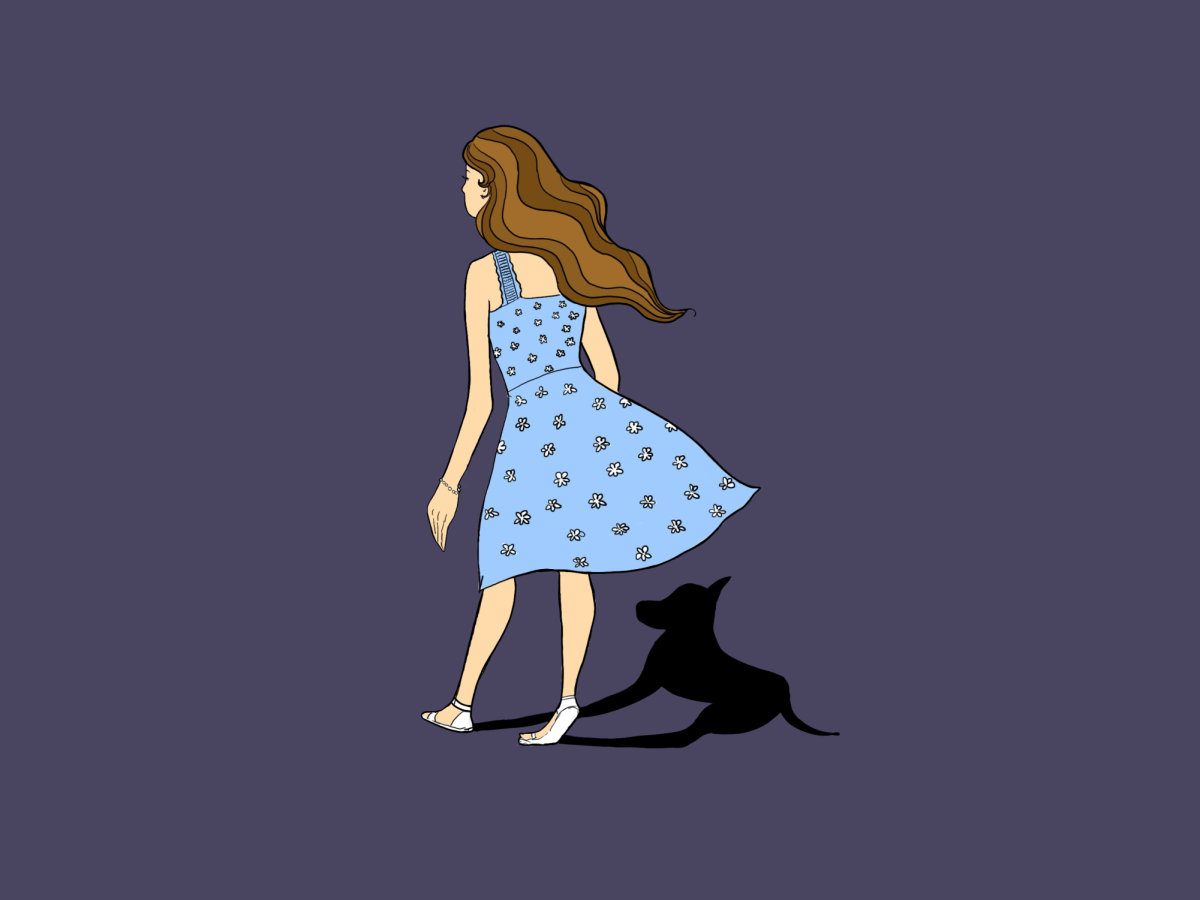Sacred Heart students are fortunate to be exposed to community service through various different pathways. Service is integrated in goal three: “A social awareness which impels to action,” and is part of students’ graduation requirement. There are multiple service opportunities to participate in, including immersion trips and the Urban Plunge. Although service learning is taught as an integral aspect of a Sacred Heart education, at times we lose sight of its value.
For instance, the words “community service” often ‘translate’ to being “another graduation requirement.” But for students, it’s meaningful to look past the surface level action of volunteering, and experience the benefits that can bloom from partaking intentionally in charity and justice.
One required service experience for all Juniors is the Urban Plunge. For a day, Social Ethics classes volunteer at either St. Anthony’s Foundation in San Francisco or PATH in San Jose. Both are non-profit organizations that provide aid to those experiencing homelessness or poverty in the Bay Area.
According to SHP’s Director of Service Learning, Mr. Reid Particelli, the Urban Plunge was established about 10 years ago. The idea for the program stemmed from conversations between Mr. Ryan Carroll and Particelli: “We really believe in service immersion,” says Particelli. “We were trying to figure out how to get every student on a [service] program…And so the Urban Plunge was our idea for a [smaller] immersion, a one day experience into an urban environment close to school in two of the most expensive cities to live in the country.”
The atmospheric shift from Atherton to St. Anthony’s Foundation in San Francisco’s Tenderloin can be startling for many students due to the area’s high population of unhoused people. As Particelli points out, “It’s never comfortable to get outside the bubble of Atherton and go someplace and learn from people that are actually doing the work.” Service asks us to step outside the world as we know it, which requires cultivating a conscious openness in oftentimes daunting environments.
Furthermore, the Urban Plunge is organized intentionally in the hopes of lighting sparks of reflection from students. In the morning, students can assist either in the dining hall or in the free clothing service center. In the afternoon, they have lunch with the community as a way of “breaking bread” and interact directly with the people in need. Lastly, a guest speaker closes out the day, emphasizing key themes, lessons, and messages that the organization hopes volunteers take with them, such as dignity, gratitude, healing, and empathy.
Valentina Anjanette Valdovinos ‘27 said the Urban Plunge gave her “what I hoped for and more… [I learned] that doing one small service action does not suddenly make you heroic… [making a lasting impact to change the lives of others] is not a one time thing.” And she’s right — while the Urban Plunge provides students with a small snapshot of the housing crisis and more, it is meant to spark reflections and discussions within the Social Ethics’ classes and to set up a future of longer term participation in community service.
Similar to Valdovinos’ note on ‘heroism,’ Religious Studies/Social Ethics teacher Dr. Rachel Bundang, an Urban Plunge chaperone, mentioned that students tend to place emphasis on singular, individual accomplishments. But in the context of community service, remembering “the sacred and the social” and not “losing track of the relationship side to service” is crucial in honoring the mutuality of connections with people outside our immediate community.
Bundang hopes that from the Urban Plunge and other community service opportunities, students “can grow in their capacity to care,” and that they “come back with questions in future [Social Ethics classes].”
Service is an invitation to reflect on oneself and the extent of which we can understand the experiences of others. For instance, Bundang said that Social Ethics class asks students to reflect on “how we deal with the gray, because social issues are never black and white. Even though there might not be a perfect solution to a problem, we are able to be guided by a sense of what the right direction might be, and [we can work towards that] with other people.” The numerous social and institutional issues that non-profit organizations work towards improving are not ‘easy fixes;’ critical thinking and the wellbeing of society work simultaneously when combatting complex social matters.
For students, looking past the ‘graduation requirement’ barrier takes work and intentionality. When asked to share about looking past that barrier, Valdovinos referenced her work in her community to raise money for St. Francis of Assisi Church. “I loved doing it because of the community connections I formed…community service depends on what you do, who you do it with, and who you are actually helping.” Service is about being with the community, not solely centered on doing for a community. Community service is more than a few-times-a-year ‘activity’; it’s a pathway to better understand ourselves and the world around us.
The topic of service also raises a less obvious question: can we benefit from service in addition to the people in need? According to Particelli, it’s all about our approach: “Oftentimes, students might think, ‘I’m going out to save the world,’ but actually, you’re going to save yourself and to see the connection between you and others, especially those at the margins.” It is difficult to shift one’s perspective from being the ‘hero’ to being a part of a mutual exchange of giving and receiving.
Particelli also noted, “I love when a student can find the intersection between what they love to do and what can make their community better. Oftentimes, the hardest part for some students is just to figure out what they care about; to look around, to widen their perspective, to include communities that they might have excluded or not seen…sometimes you have to push your perspective outward in order to see others that are traditionally in the dark corners of society that sometimes we don’t want to look into.”
At Sacred Heart, we must flip the way we view community service. In service, we are given the opportunity to have conversations with communities we might not have otherwise been exposed to. Through cultivating an open heart and mind, we can contribute to what makes community service the hopeful light that it is in our world today.


